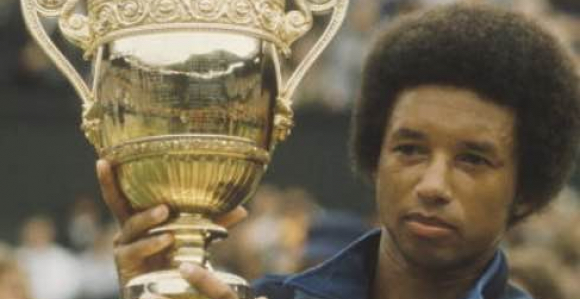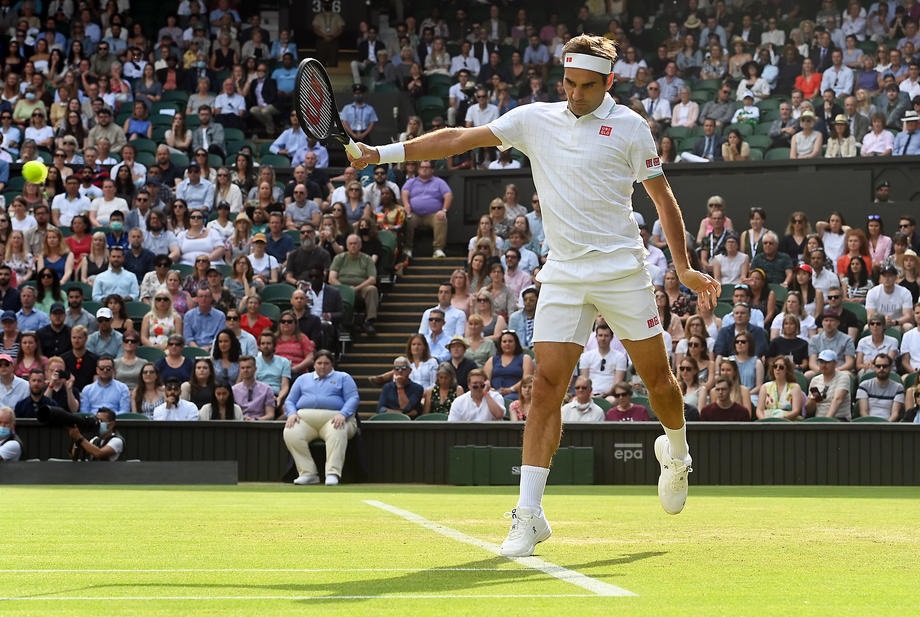- Australian Open Tennis 2025 Ends with Madison Keys and Jannick Sinner As Winners By Alix Ramsay
- 2025 Australian Open Final Draws
- Jannik Sinner Sweeps Alexander Zverev for Second Straight Australian Open Title
- Ricky’s pick for the Australian Open final: Sinner vs. Zverev
- Australian Open Draws and Order Of Play for Sunday, January 26, 2025
- Madison Keys Upsets Defending Champion Aryna Sabalenka in Australian Open Final Thriller
- Ricky’s pick for the Australian Open final: Sabalenka vs. Keys
- Australian Open Draws and Order Of Play for Saturday, January 25, 2025
- The Australian Open Has Always prided Itself As the “Happy Slam” by Alix Ramsay
- Australian Open Draws and Order Of Play for Friday, January 24, 2025
- Ricky’s pick for the Australian Open semifinal between Djokovic and Zverev
- Courageous Keys Stuns Swiatek for First Australian Open Final
- Australian Open Draws and Order Of Play for Thursday, January 23, 2025
- Ricky’s pick for the Australian Open quarterfinal between Sinner and De Minaur
- Australian Open Draws and Order Of Play for Wednesday, January 22, 2025
Arthur Ashe – The Legacy Lingers By Richard Evans (Black History Month)
- Updated: February 3, 2023

Editors Note: in America February is Black History Month. We pulled this out of the “Vault”. Please Read About a man That was truly remarkable!
Arthur Ashe – The Legacy Lingers by Richard Evans
When I lived in Richmond, Virginia I found it difficult driving past Arthur Ashe’s statue without getting a lump in my throat. Compared with the huge, preposterously imposing statues of Confederate Generals that adorn long stretches of Monument Avenue, Arthur’s statue is relatively small but no less emotive.
There he is, high up on his plinth, surrounded by kids and book and a tennis racket. Arthur Ashe with Confederate Generals. My, oh, my. What would he have thought. One has to credit Mayor, and later Governor, Douglas Wilder for getting him there in the face of fierce opposition from those who think that Confederate Generals are still important – and there are plenty of them in Richmond – and Arthur would have thanked him for that. But I am not sure having a statue of himself in his home town would have been high on his list of posthumous priorities.

Arthur Ashe
What he would have appreciated are the children and the books.
“Education,” said Butch Buchholz when I had dinner with the creator of the ATP tournament on Key Biscayne recently. “For Arthur, there was no substitute for education. He knew it was the only thing that really mattered to the black community. Without it, the ghetto would keep them captive forever.”
Ashe knew that he might have made it onto the tennis circuit without a proper education but he would never have survived and certainly never been able to impart the kind of influence he enjoyed far beyond the confines of the tennis court before he died at the age of forty nine.
His proper education started when his father, a public parks policeman in Richmond, sent him to live with Robert Johnson, a black doctor in Lynchburg, Va. There, the young man learned more than tennis. Acutely aware of the white world to which Arthur was headed, Dr Johnson schooled him in ways to deflect racism, blatant or subtle, that would be coming his way. UCLA followed and then a commission at West Point. Quietly observing the new worlds he found himself in, Ashe said little and listened hard.

Arthur Ashe
“Arthur was always very nice to me when my brother Tim and I joined the ATP joined in the late seventies,” Tom Gullikson was telling me when we talked about Ashe in the players’ lounge at the Delray Beach Open. “But he wasn’t as outgoing as Charlie Pasarell or Stan Smith. He was quieter. It seemed he was just observing and forming opinions. And when he was ready he emerged as this leader, not just for us when he became president of the ATP, but for black people everywhere. He was remarkable.”
Buchholz went further back with the man who would become Wimbledon champion at 31, beating Jimmy Connors in the 1975 final in a manner that shocked the tennis world. As much an intellectual as a technical victory, Ashe slow balled and drop shotted and lobbed Connors into a state of helplessness – playing in a way he had never attempted before. It was a staggering performance.
Buchholz got to know him when Ashe came to play in St Louis where Butch had grown up on the public park courts. “My Dad used to organise inner city tournaments for youngsters,” said Buchholz. “I first saw Arthur there but my younger brother Cliff knew him better because they played on the US Junior Davis Cup team together. Obviously I got to know him well over the years but it wasn’t until we both sat on the Men’s Pro Council, then the governing body of the game, during my time as CEO of the ATP that I really began to understand what Arthur was all about. His composure and intellect were really impressive.”
Ashe, in fact, had urged Buchholz to take the ATP job when Bob Briner stepped down and the pair became close. When Ashe started spending time in the Miami area due to his position as touring pro for the Doral Country Club, Butch and he decided to start the Ashe-Buchholz Tennis Club at Moore Park just off I-95 near the airport. It still functions today as a place for kids to play tennis.
Arthur’s influence spread wide. In conjunction with promoter Owen Williams, Ashe returned to South Africa many times following his historic initial visit in 1973 to supervise the Black Tennis Foundation which eventually saw 400 courts being built in Soweto for the benefit of African children. The story is chronicled in Williams recent book, “Ahead of the Game”. Later the courts were vandalized during the Soweto uprising prior to the ending of apartheid but Ashe had done what he could and left his mark.

Arthur Ashe
It was like that throughout his life. As his friend Eugene L. Scott used to say, “Arthur never stopped learning, never stopped trying to improve himself and simply got better at everything he did, as a player, as a commentator, as a writer, as an activist, as a man.”
He was not an ordinary man. There was something endearing and special about Arthur Ashe and, should you ever find yourself driving down Monument Avenue in Richmond, Virginia, stop and say ‘Hi’. As another city mayor, David Dinkins of New York, said at Ashe’s funeral, “Arthur was just plain better than the rest of us.”






